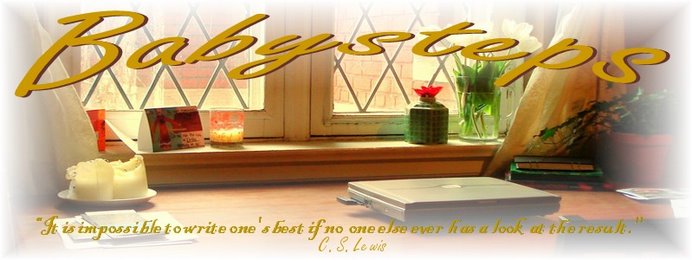For the uninitiated, I will set your wondering mind at ease, and tell you that we did not invent anything that indicates the presence of purple cabbages. That's really a pretty straight-forward proposition. Are there purple cabbages here? Yes, those big, round, purple things are purple cabbages.
No, the indicators of which I speak are used to show the pH of a solution. To make it, one does, indeed, use purple cabbages. You slice the cabbage head and boil it all in a pot of water (enough to barely cover the cabbage). The deep purple liquid is then strained and used to soak paper. We chose card stock, but coffee filters are a popular selection as well.
We used these indicators, as well as some standard litmus paper to test seven liquids, namely: milk, lemon juice, vinegar, Sprite, baking soda solution, ammonia and bleach. And don't worry; I know at least my mother is thinking, "What! Ammonia and bleach? Don't you know how dangerous that can be?!" I assure you that they were only together on the chart, never at the table. I know my kitchen chemistry safety.
We do chemistry with some homeschooling neighbors, so there were lots of dripping purple papers on my table this afternoon, but it was worth it to see some real, hands-on science happening.
After we dipped all the papers, we recorded our findings in the science journals and decided to pour some of the leftover purple cabbage juice into the test tubes. An exciting variety of colors emerged. It goes, from right to left as indicated above, with the exception of bleach, which was kept separately at all times. I won't tell you which are acids and which are bases, because what would be the fun in that? You'll have to do a little kitchen chemistry yourself to find out.










No comments:
Post a Comment